The 2025 Honda CR-V: A Look at the Future of Compact SUVs
The 2025 Honda CR-V: A Look at the Future of Compact SUVs
Introduction
With enthusiasm, let’s navigate through the intriguing topic related to The 2025 Honda CR-V: A Look at the Future of Compact SUVs. Let’s weave interesting information and offer fresh perspectives to the readers.
Table of Content
The 2025 Honda CR-V: A Look at the Future of Compact SUVs
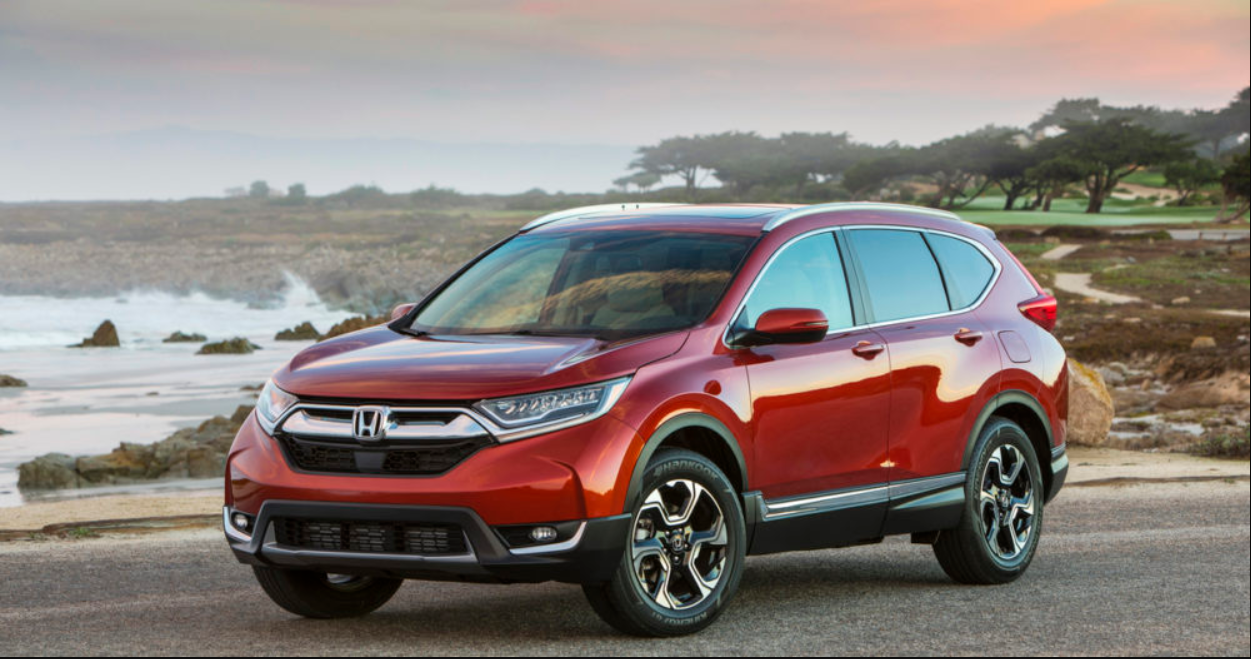
The Honda CR-V has long been a staple in the compact SUV market, renowned for its reliability, practicality, and fuel efficiency. As the automotive industry continues to embrace electrification, Honda is poised to further solidify the CR-V’s position with the introduction of a plug-in hybrid (PHEV) variant in 2025. This innovative model promises to deliver the best of both worlds, offering the convenience of electric driving with the range and reassurance of a traditional gasoline engine.
A Blend of Efficiency and Power
The 2025 Honda CR-V PHEV is expected to feature a hybrid powertrain similar to the one found in the current CR-V Hybrid, but with a larger battery pack and a more powerful electric motor. This configuration allows the vehicle to travel a significant distance on electric power alone, reducing reliance on gasoline and lowering emissions. The exact specifications, including battery capacity and electric range, are yet to be officially announced, but estimates suggest a range of around 30-40 miles on a single charge.
Beyond its electric capabilities, the PHEV CR-V will also benefit from the efficiency and performance of Honda’s proven gasoline engine. This dual-power system provides peace of mind, ensuring drivers can complete longer journeys without range anxiety. The combination of electric and gasoline power also promises a spirited driving experience, with ample torque available for both city driving and highway cruising.
Beyond Fuel Efficiency: A Look at the Benefits
The 2025 Honda CR-V PHEV offers more than just reduced fuel consumption and emissions. It presents a compelling proposition for drivers seeking a blend of practicality, technology, and environmental responsibility.
- Cost Savings: By utilizing electric power for everyday commutes and short trips, owners can significantly reduce their fuel costs, leading to substantial savings over time.
- Reduced Emissions: The PHEV’s ability to operate on electric power significantly minimizes tailpipe emissions, contributing to cleaner air and a more sustainable future.
- Advanced Technology: The integration of a PHEV system opens the door to advanced technologies, such as regenerative braking, which captures energy during deceleration and recharges the battery.
- Quiet and Smooth Operation: The electric motor provides a quiet and smooth driving experience, particularly at low speeds.
- Increased Convenience: The PHEV system allows for overnight charging, ensuring a full charge every morning, eliminating the need to rely on public charging stations for everyday use.
Addressing Common Concerns: FAQs
Q: How long does it take to charge the battery?
A: The charging time will depend on the type of charger used. Level 2 chargers, commonly found in homes, can fully charge the battery in a few hours. Level 1 chargers, typically used with household outlets, will take significantly longer.
Q: What is the range of the PHEV CR-V on a single charge?
A: The official range is yet to be announced, but estimates suggest a range of around 30-40 miles. This is sufficient for many daily commutes and errands.
Q: How does the PHEV CR-V perform in cold weather?
A: Cold weather can impact the range of electric vehicles, but the PHEV system ensures that the gasoline engine can provide additional power when needed.
Q: Is the PHEV CR-V more expensive than the standard CR-V?
A: The PHEV CR-V is likely to have a higher starting price than the standard model, but the long-term savings on fuel and maintenance may offset the initial cost.
Q: What are the potential benefits of the PHEV CR-V for businesses?
A: Businesses can benefit from the PHEV CR-V’s lower operating costs, reduced emissions, and potential tax incentives. The vehicle can also serve as a positive brand image ambassador, demonstrating a commitment to sustainability.
Tips for Maximizing PHEV Efficiency
- Utilize Regenerative Braking: Engage the regenerative braking system to capture energy during deceleration and recharge the battery.
- Plan Routes for Efficient Charging: Utilize navigation systems to plan routes that include charging stops, if necessary.
- Optimize Battery Usage: Prioritize electric power for short trips and commutes to maximize fuel efficiency.
- Consider Home Charging: Install a Level 2 charger at home for convenient overnight charging.
- Minimize Battery Drain: Avoid using excessive accessories, such as heated seats and climate control, when driving on electric power.
Conclusion: A Step Toward a Sustainable Future
The 2025 Honda CR-V PHEV represents a significant step forward in the evolution of the compact SUV segment. By blending the efficiency of electric power with the practicality and reliability of a gasoline engine, it offers a compelling solution for drivers seeking a balance between performance, sustainability, and cost-effectiveness. This innovative model is poised to solidify the CR-V’s position as a leader in the market, paving the way for a more sustainable future of driving.
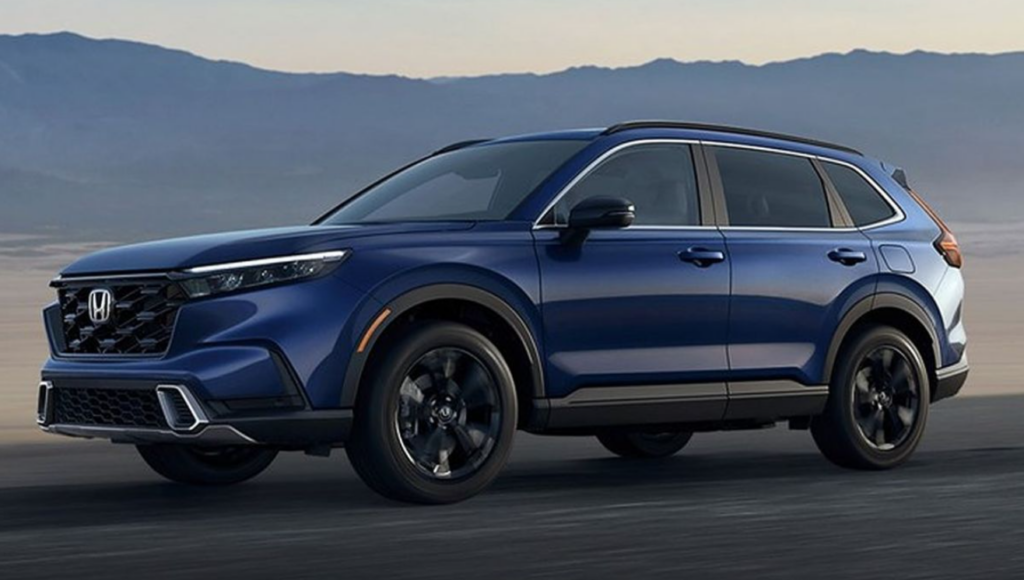
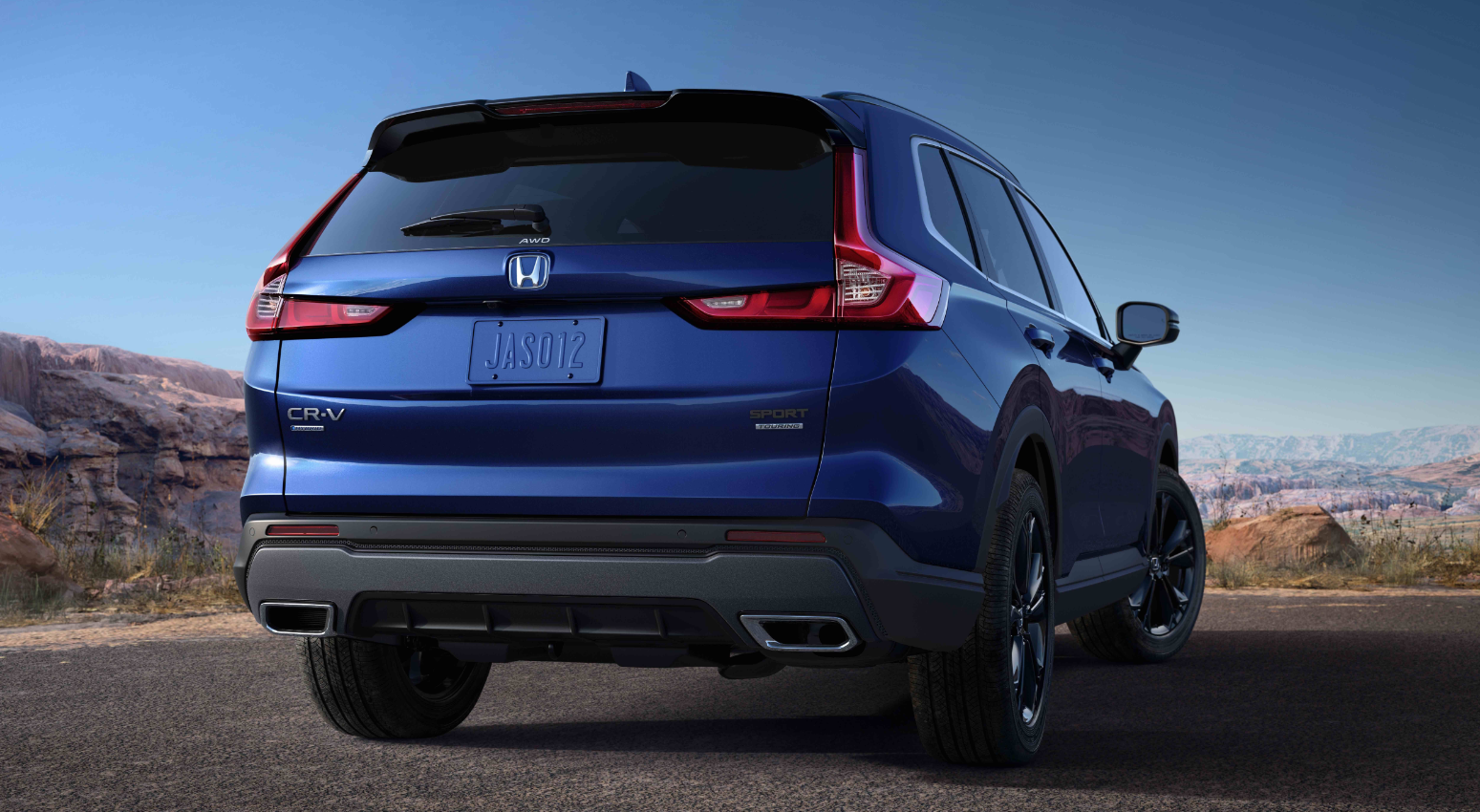
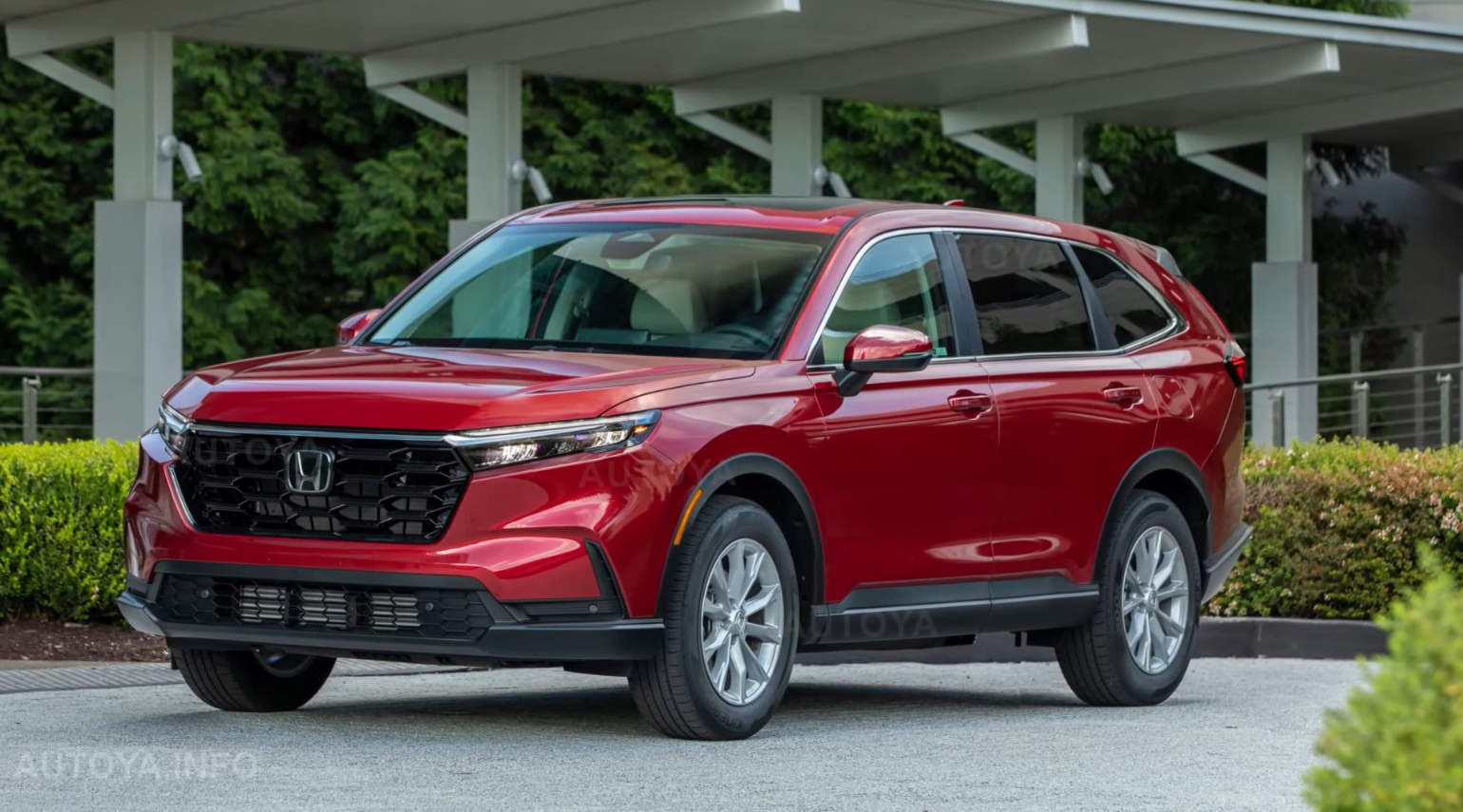

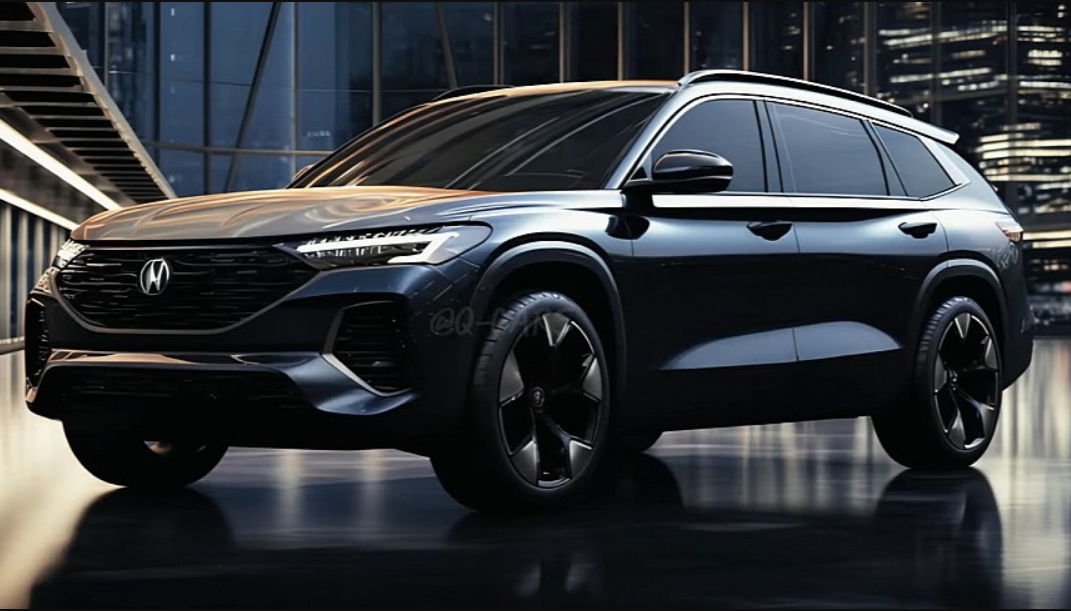
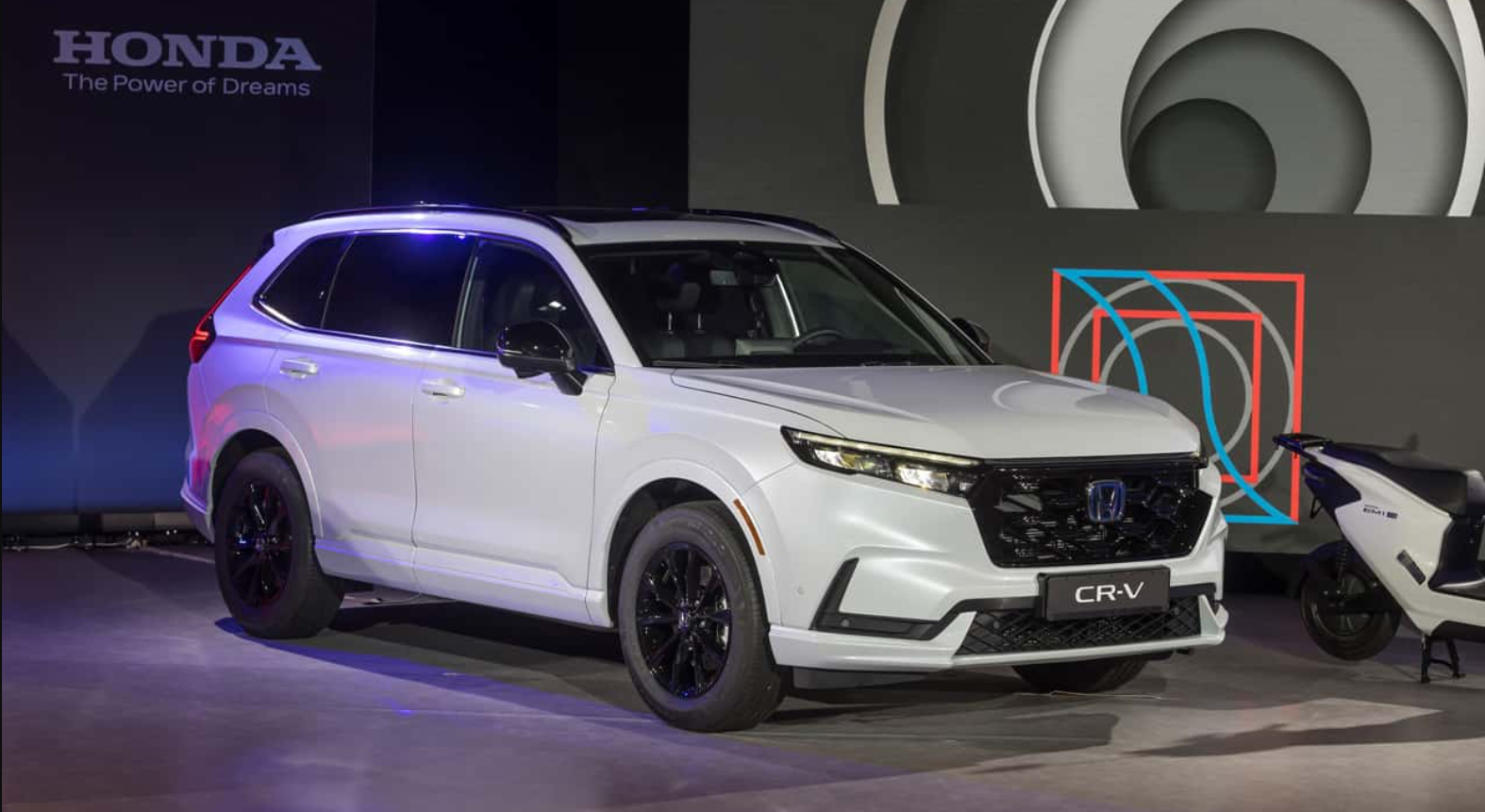


Closure
Thus, we hope this article has provided valuable insights into The 2025 Honda CR-V: A Look at the Future of Compact SUVs. We appreciate your attention to our article. See you in our next article!